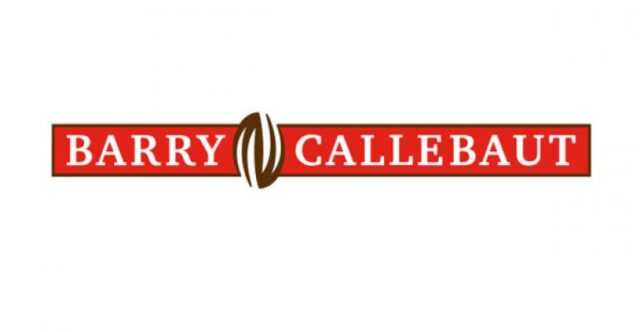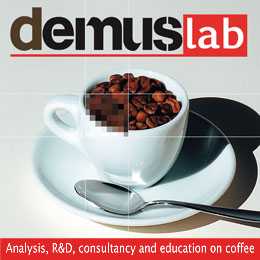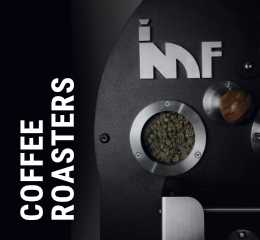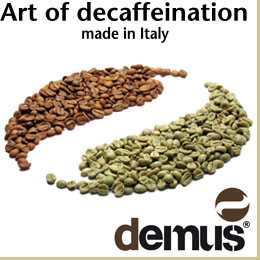ZURICH, Switzerland – The Barry Callebaut Group reported sales volume of 565,238 tonnes during the first three months of fiscal year 2024/25 (ended November 30, 2024). The highly challenging and volatile market environment has impacted short-term customer and consumer demand, resulting in a sales volume decrease of -2.7%.
Global Chocolate saw a -3.4% volume decrease, in an overall declining chocolate confectionery market according to Nielsen (-2.6%). Food Manufacturers (-3.8%) saw slower demand, impacted by ongoing customer-retailer pricing negotiations, some short-term consumer reaction to higher prices and SKU (stock-keeping unit) rationalization.
Given the recent cocoa bean price acceleration, customers have been delaying orders. Volumes also decreased in Gourmet (-1.5%), with limited product availability in North America due to prioritization following the Mexico quality intervention as well as the effect of SKU rationalization in Western Europe.
Looking at regional performance within Global Chocolate, Asia Pacific, Middle East and Africa (AMEA, +6.4%) was the strongest contributor. AMEA saw strong growth outside of China, with good momentum in India and Indonesia as well as a robust volume development for Gourmet.
Latin America saw double-digit volume growth (+13.2%) led by Brazil, supported by increased demand for innovation and the strength of a diversified product portfolio. North America reported a volume decrease of -1.9%, impacted by decisive action to temporarily shut down the Toluca, Mexico facility proactively and slower demand for large Food Manufacturers. Central and Eastern Europe (-4.5%) was impacted by lower volumes for several large global and regional Food Manufacturer customers, especially in Türkiye. Volume development in Western Europe (-7.5%) was partly impacted by the high base of comparison, with a large one-off contract in the prior year.
The rest of the decrease was linked to the declining chocolate confectionery market, customer-retailer negotiations and the effect of SKU rationalization.
Sales volume for Global Cocoa was around flat (+0.3%). Demand for cocoa powder remained robust and the business was able to capture some customer opportunities. Cocoa liquor continued to be impacted by the supply constrained environment.
Sales revenue of The Barry Callebaut Group amounted to CHF 3,449.8 million, an increase of +63.1% in local currencies (+53.9% in CHF). The increase was driven by Barry Callebaut’s cost-plus pricing model as the business passed through the significantly higher cocoa bean price to customers.
 Barry Callebaut Group – Guidance
Barry Callebaut Group – Guidance
Since the start of the fiscal year, cocoa bean prices have accelerated significantly, creating a further impact on market pricing and demand. In that context, sales volume for fiscal year 2024/25 is now expected to see a low single-digit decrease. The Group reiterates guidance for double-digit EBIT growth on a recurring basis in constant currency.
Price developments of key raw materials
During the first three months of fiscal year 2024/25, terminal market prices for cocoa beans increased significantly, driven largely by hedge fund activity. Prices surged from a minimum price of GBP 4,355 towards the start of the period and accelerated to a closing price of GBP 7,708 per tonne on November 30, 2024. On average, cocoa bean prices increased by +72% versus the prior year period.
The first months of the 2024/25 harvest saw good arrivals of beans in West Africa and non-West Africa origins in line with expectations.
Global sugar prices averaged -22% lower than the same period last year, driven by improving fundamentals in key producing regions.
Unlike the prior year, when El Niño disrupted sugarcane development in India and Thailand, conditions at the end of 2024 have shown no such impact. In Europe, sugar prices fell by an average of -44%, reflecting increased sugar beet acreage for the 2024/25 campaign, higher domestic supply, a strong pace of Ukrainian exports during 2023/24, and a decline in energy prices.
Dairy prices increased on average by +3% compared to the prior year, driven by a slower-thanexpected recovery in global milk supply, while global demand for dairy products remained robust.
















